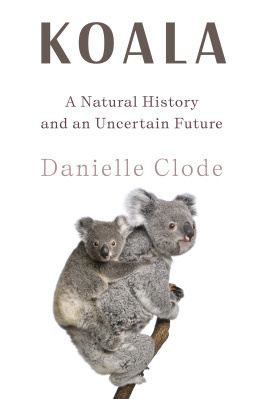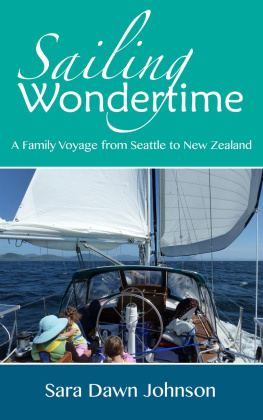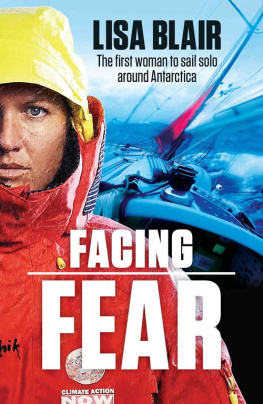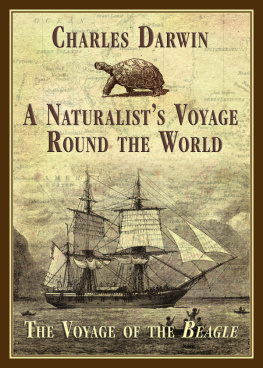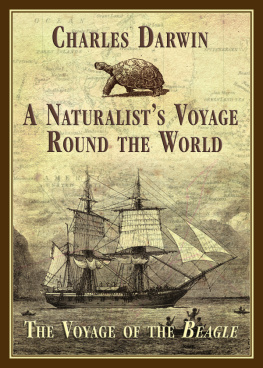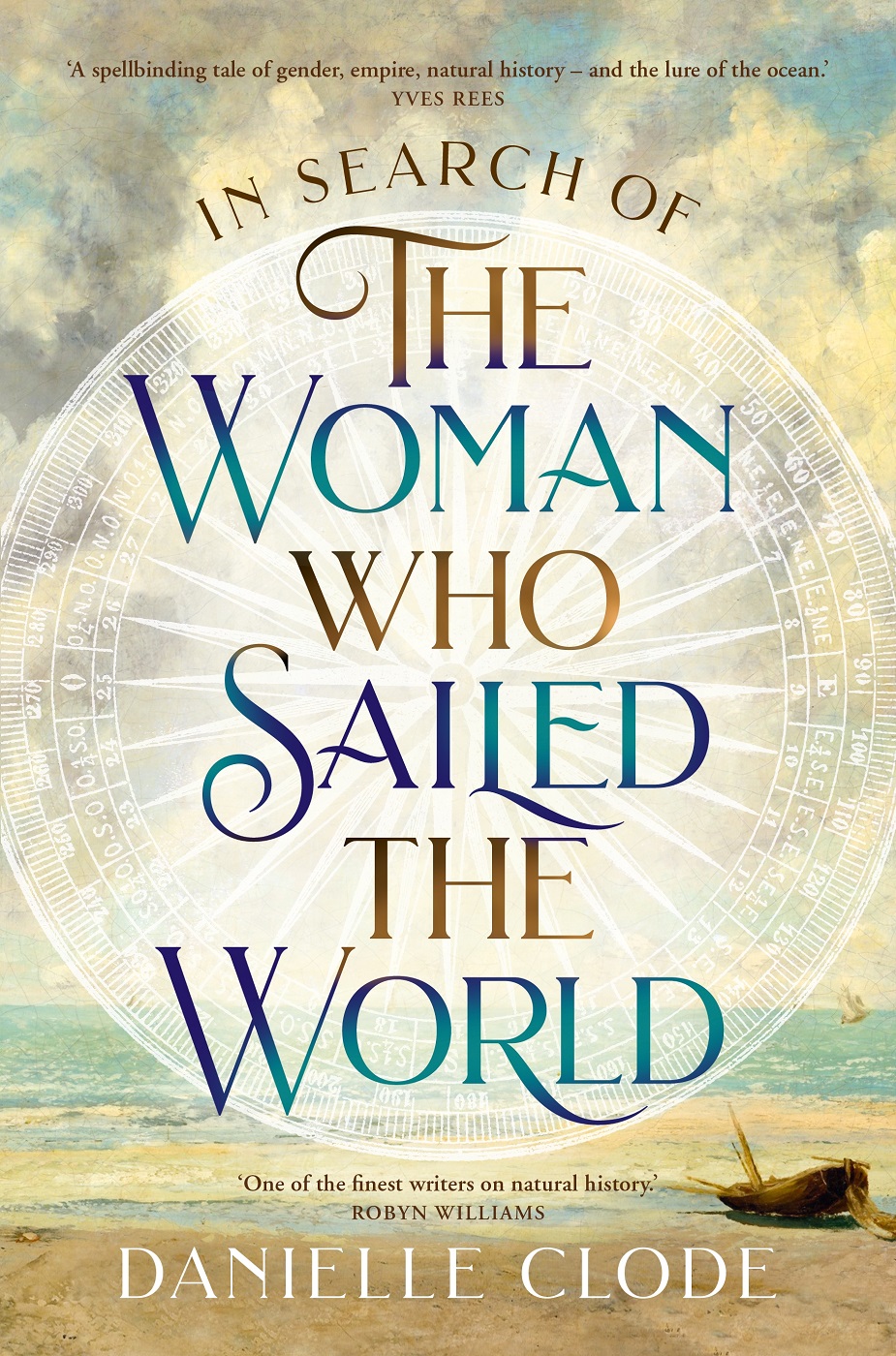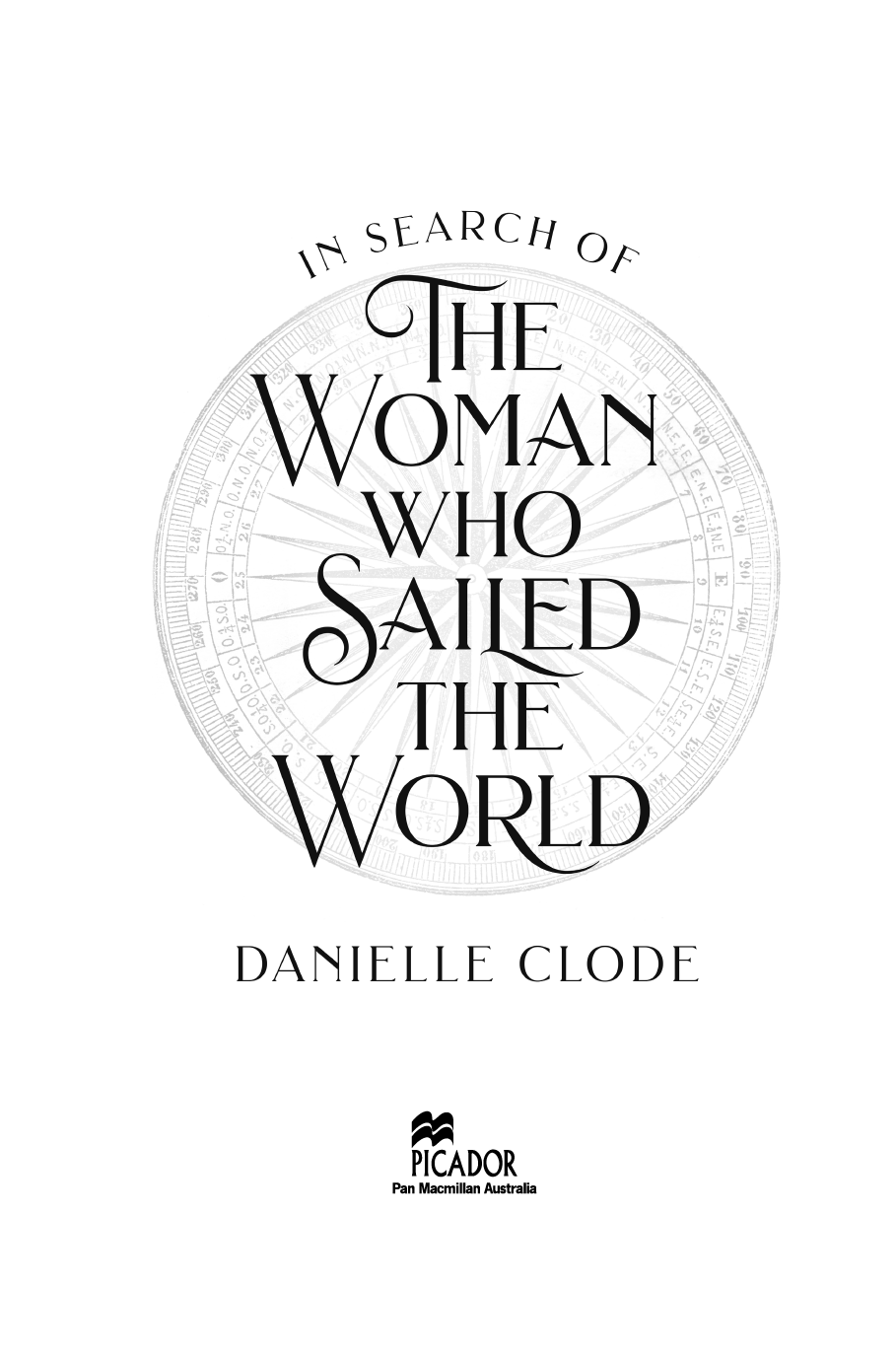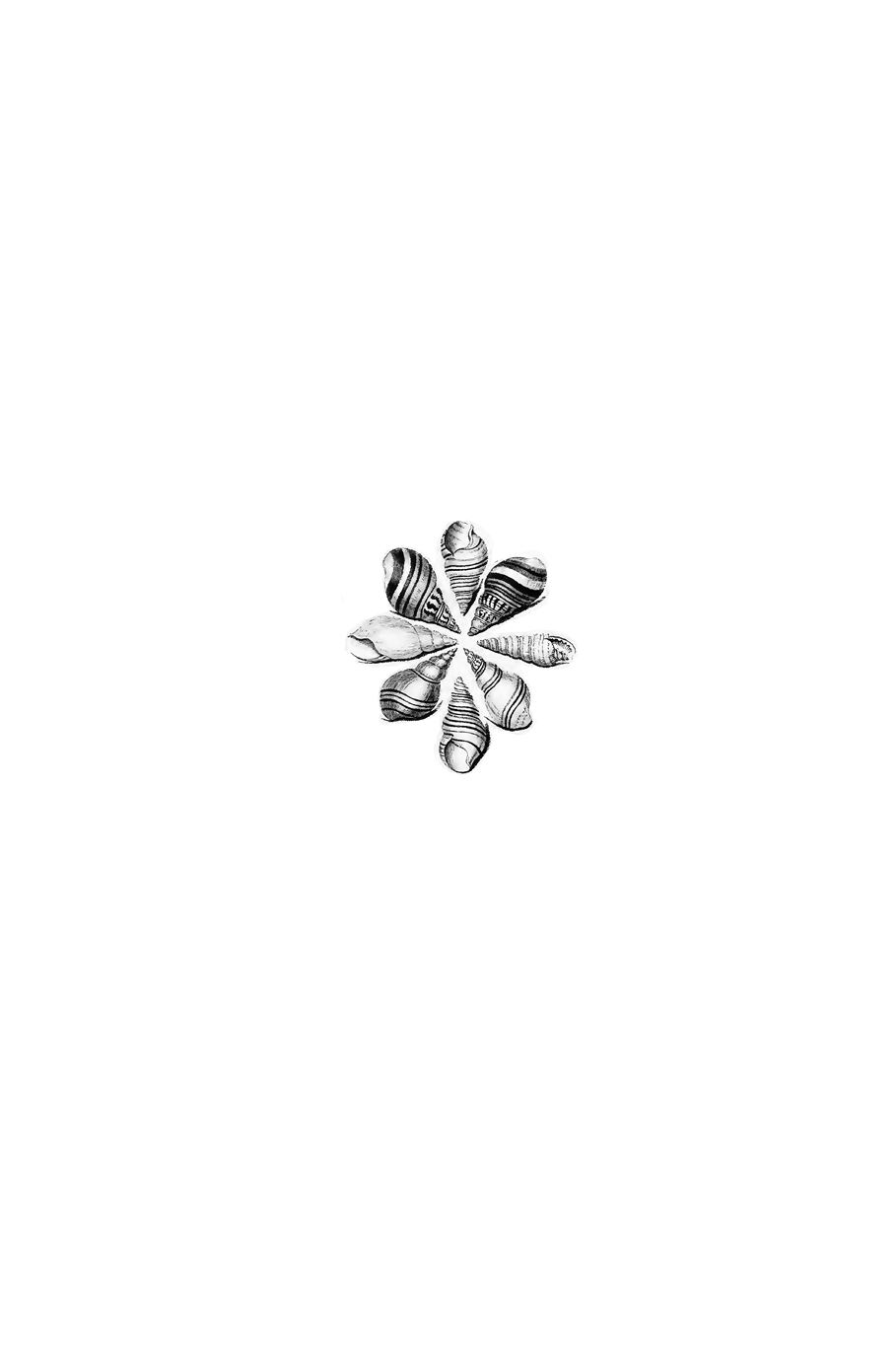About In Search of the Woman Who Sailed the World
A voyage of discovery, nature and untold histories in the vein of Clare Wright, Edmund de Waal and Helen Macdonald.
When the first woman to circumnavigate the world completed her journey in 1775, she returned home without any fanfare at all.
Jeanne Barret, an impoverished peasant from Burgundy, disguised herself as a man and sailed on the 1766 Bougainville voyage as the naturalists assistant. For over two centuries, the story of who this young woman was, why she left her home to undertake such a perilous journey and what happened when she returned has been shrouded in uncertainty.
Biologist and award-winning author Danielle Clode embarks on a journey to solve the mysteries surrounding Jeanne Barret. From archives, herbariums and museums to untouched forests and open oceans, Clodes mission takes her from France and Mauritius to the Pacific Islands and New Guinea to reveal the previously untold full story of Jeannes life as well as the achievements and challenges of her famous voyage.
This book is an ode to the sea, to science and to one remarkable woman who, like all explorers, charted her own course for others to follow.
For the seafarers, voyagers and adventurers and all those who come by boat
CONTENTS
If we fail to construct our own realities, other people will do it for us
Epeli Hauofa, Pasts to Remember, 2008
It is perhaps a more fortunate destiny to have a taste for collecting shells than to be born a millionaire
Robert Louis Stevenson, Lay Morals, 1896
It would be enough; as an alibi for a life, it would do; she would not need to apologize for how she had spent her time on this earth
Amitav Ghosh, The Hungry Tide , 2004
B: She was always wise and brave. A: These frail machines sometimes contain strong souls.
Diderot, Supplement to Bougainvilles Voyage , 1772/96
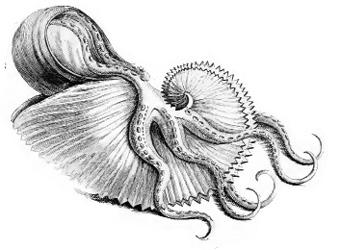
Something white catches in the surf as the waves roll and retreat across the beach. Like a scrunched-up ball of paper batted between a kittens paws, it tumbles and spins in the water: caught, dropped, then suddenly tossed back into motion.
A tern skims low on angled wings for a closer look, one dark eye tracking the object along the drifting shoreline. Nothing else moves on the beach. No tracks mark the fine white sands. Nothing stirs in the dunes bristling with tufts of seagrass. The red and gold cliffs warm as the morning sun rises over the hills. The only sound is the irregular wallop of the waves and the hissing sigh of the retreating surf.
The mysterious object is a paper nautilus: not a true shell at all but the egg case of the pelagic octopus Argonauta nodosa . A shell more fragile than the finest Venetian milk glass. Nodules fan out in spiralled rows from the apex, tipped in brown along the double-ridged keel. The slightest pressure between two fingers would crush it like an eggshell. How could anything so brittle survive the ocean swells, much less the impact on the shore?
Despite its fragility as it rolls in the surf, the paper nautilus is still intact. Its voyager has long departed, leaving only the most insubstantial evidence of her ephemeral life on wild seas. A frail machine, indeed, to contain such a strong soul.

the call of the sea
Port Lincoln, 1974
I always dreamt of a life at sea. As a very small child no more than four I stood in the shallow waters of Porter Bay on the mid-coast of South Australia watching the motley fleet of neglected yachts and gleaming fishing vessels bob on their moorings. I remember puzzling over where you slept on them. I must have thought that their hulls were solid, like the toy boats my dad made from timber offcuts that I floated in puddles. I imagined sliding into the low cabins on the deck, like the narrow slotted bunks in the back of my grandparents campervan.
My ignorance about boats could not have lasted long. My dad was a boatbuilder and I spent my early years in and around the slipways and boatyards of Port Lincoln, on fishing boats, dinghies and sailboats our own and other peoples. As I played on the beach at Porter Bay, I would design imaginary boats in the sand: a half-buried tree-branch hoist upright for a mast, a blanket of black seagrass for a bunk, crooked lines of weathered stones defining cabins, decorated with shells, frosted glass and leathern sharks eggs. It was a boat only in a childs imagination.
I took the best of the shells with me, tucked safely in my pocket the delicate painted ladies and bubble shells, whelks and periwinkles, cones and tiny cowries. The rest would be left to wash away on the incoming tide. That was the best part of the beach the fact that it washed itself clean, as if no-one else had ever been there.
My dream of a life at sea was not an idle fantasy, nor even a particularly imaginative one. My ambition reflected that of my parents, who had spent several years building a gaff-rigged yawl in the back blocks of Port Lincoln before launching our small family out into the Southern Ocean to cruise the coast of south-east Australia up to the tropics of north Queensland. It all seemed perfectly normal to me. At the time, in the mid-1970s, they told a local journalist that they wanted to escape from the constraints of the clock.
And so, when I imagined my future, I dreamt of continuing that tradition on my own. I imagined myself aboard a flat-bottomed Dutch barge, under the sleek gaff rigs of Thames Quay punts, or in gleaming white couta boats, all of which would be artfully fitted out with cabinetry to accommodate my collection of shells and books.
I decided that I would be a marine biologist. It was the only job I could think of that would allow me to live on a boat. I wasnt exactly clear on how you became one, what marine biologists did, or who employed them. Id certainly never met one. But the local high school biology teacher gave me a booklet on how to collect and prepare specimens, how to label them and record their provenance. I dutifully identified the species of each new shell I found, numbered, catalogued and stored them in boxes stuffed with cotton wool.
My first big shell was a southern spindle. This classic gastropod is often described as a whelk but is distinguished by the satisfying symmetry provided by its elongated siphon canal. This one was only about 10 centimetres long nothing spectacular in the scheme of things but it was rare to find any undamaged shells along the rugged south coast. I still remember the thrill of seeing it lying ahead, elegant and unbroken on a long white stretch of sand. I took it home, cleaned it and compared it with the pictures in the growing collection of shell-identification books lining my small bookcase.
Reading fed my obsession with all things maritime. As an only child with a companionable Siamese cat for a playmate, I had plenty of time for both. The colourful pages of Scuppers the Sailor Dog still elicit a Proustian glow of recognition from the inner child yet to embark on her voyage. I longed to live the idyllic shipwrecked life of R. M. Ballantynes The Coral Island , while Willard Prices South Sea Adventure shaped my expectations of giant manta rays and man-eating octopuses. And my teenage years were succoured by the endless maritime exploits of Hornblower and Bolitho, Aubrey and Maturin.


